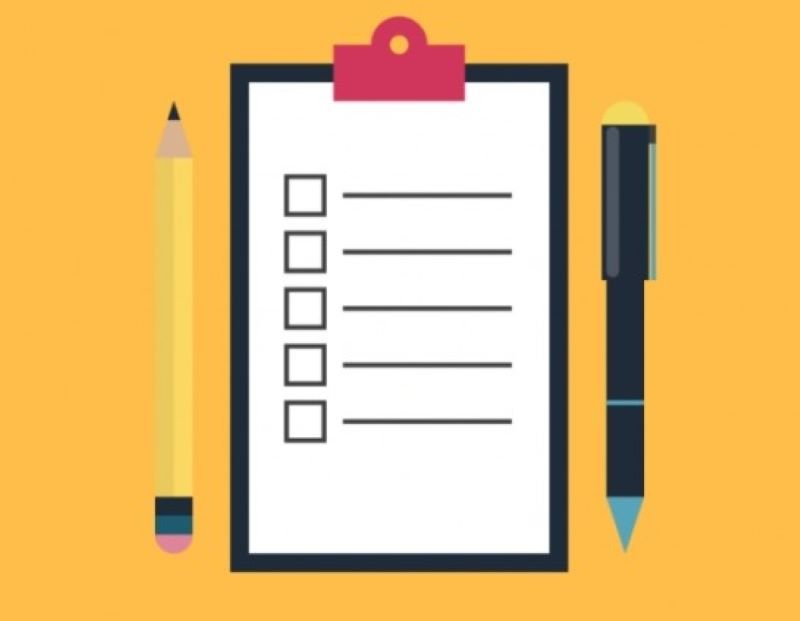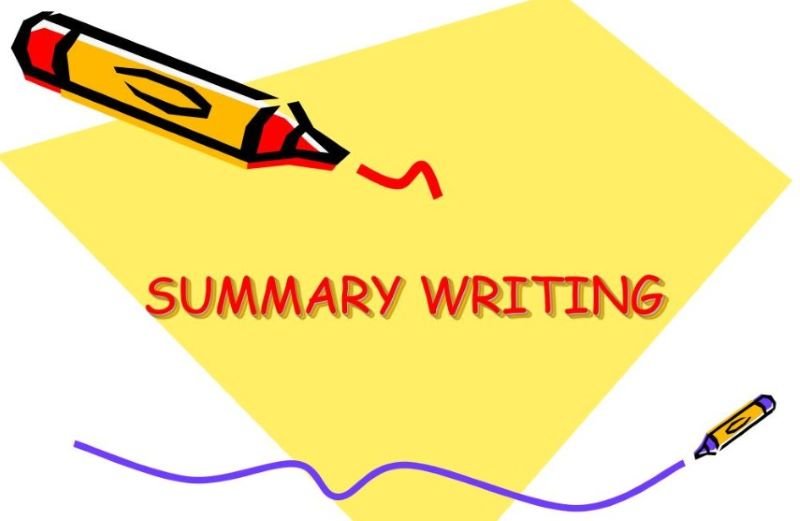
Writing information in detail is way very simple than explaining something in a limited set of words.
Therefore, a summary is considered a tricky part of content writing as we need to cover all the highlights presented in an article.
This article will provide valuable knowledge regarding writing a summary with some helpful tips. We will also discuss the purpose of the summary and how you can cover an extensive summary in limited words.
What is a Summary?
The summary is a shorter version of an extensive text that gives readers a better understanding of the main ideas and key points discussed in the article.
If you’re writing a summary of an informational blog, discuss a little bit about the main points or headings featured within the article. A summary provides enough detail so the readers can understand the subject under discussion.
What Are the Elements of an Ideal Summary?
A summary is not just about presenting an overview. You have to focus on conciseness, objectivity, accuracy, and independence. A summary has to be comprehensive with necessary information discussed on each point.
5 Useful Tips for Summary Writing
Here we have discussed some helpful tips that would help you in summary writing. These tips apply to various types of writing, including informational blogs, product reviews, guideline articles, and e-books.
1. Study the Source Material
This step is pretty apparent and needs to be performed before doing any sort of writing.
You must read the article multiple times about which you are writing the summary. Reading an article gives you an overview of the essential information that shouldn’t be skipped in an article.
If you’re writing an informational article or guideline, you may find several other authors’ written content on the same topic.
Sometimes the writers may follow the practice of duplicating or rewriting summaries from similar content, which is unsuitable. Because if the other author missed out on any information, you wouldn’t be able to cover those points either.
Most of the time, writers skip the part where they re-read the article before writing a summary. So, they jump directly into writing the summary.
The downside of writing in such a way is that the writers miss out on the essential aspects of an article. Therefore, studying the source material is recommended to create a good summary.
2. Enlist the Key Points
The core element of your summary is the key points of the article. A summary is built with the help of all the main headings and highlights featured within the written content.
The length of a summary can vary depending upon the number of key points discussed in an article. Moreover, it also depends on the extent of knowledge gathered from the study source. But if you think the word count in your summary is becoming lengthy, you can cut out some unwanted information.

First, you should rely on your memory. The brain always remembers the significant set of events as they leave an impact on you. Therefore, filtering out your thoughts to find helpful information helps write a summary.
But featuring what you liked or remembered is not necessarily enough to fill in the summary. Nor should you miss out on any credible information that needs to be mentioned in the summary.
So, the other way to enlist the key points is by going through the main headings or bullet points in the original article to map the significant elements worth reading. For lengthy sections, break down the paragraph into small sections to make a particular point in the summary.
3. Use Your Own Words
The summary of your article should be unique and readable. Feel free to collect the information from credible sources.
But try not just to copy the material from other sources to make the summary of your article. For example, if you find an article on the same topic as yours, you shouldn’t choose to copy sentences from its paragraphs to formulate the summary of your article.
Try to write a summary conversationally so the audience can easily read it. Using too many formal words can make it challenging for the audience to understand. They might understand some elements wrong by mistake, which ruins the purpose of summary writing.
4. Proofread
Proofreading is the essential step that is performed lastly in any type of content writing. Proofreading helps to cut out unnecessary information, make edits, or find any mistakes in your writing.
While proofreading, ensure the paragraphs’ length is not too long. You have to maintain each paragraph in a maximum of three lines. Each sentence should include a maximum of 20 words. However, the overall length of the summary can vary depending on the extent of information featured in an article.
5. Summarize with an Online Tool
Summarizing requires short yet precise results, which requires exceptional reading and writing skills. Writers must focus on each aspect of their writing to present information that is not similar to the original material so that they can avoid self-plagiarism.
Therefore, it’s wise to take assistance from a summary generator to create a concise summary covering all the content elements.
These tools provide various options to adjust the length of a summary without missing out on any crucial information. Writers can learn to generate a summary and practice how the summary is affected by the word count with the help of such online tools.
Conclusion
In this article, we presented some valuable tips for writing a summary by sharing some practical methods. Each of these methods can assist writers in improving their precis writing and allow them to implement information concisely.
The summary is a vital part of any writing. It is necessary to cover all the points in the summary. But at the same time, a writer should avoid repetition of words and sentences to avoid self-plagiarism. Therefore, practice and apply your reading and writing skills to generate an ideal summary. (ADV)



